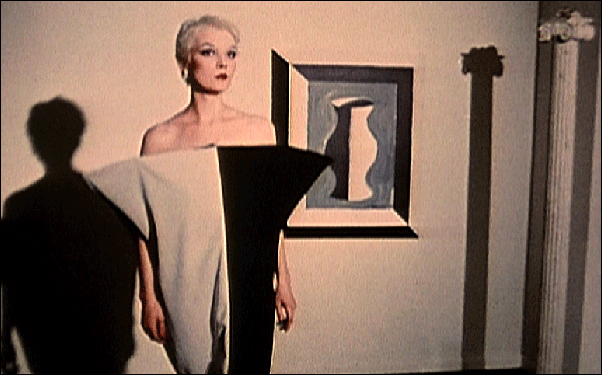https://vimeo.com/78429727
"Today, Manhattan is a byword for overpriced property, overexposed landmarks and overdressed fashionistas. In the late 70s, however, it was rat-infested, crime-crippled, cheap and nasty - somewhere for America to dump its immigrants, poor people and artists. Music, art, fashion and filmmaking burgeoned, fuelled by drugs, dares, fads, feuds, and a fair helping of madness."
Written by Edinburgh International Film Festival
Notes:
Descriptions of No Wave music and scene in a wider sense picked up from the film:
- Dissonant, minimal, loud, eclectic, diverse, raw, nihilistic, provocative
- Not about the music itself but the way that film, environment and surrealism influenced music and was therefore conveyed.
Contextually the films were not similar they just shared the same lo-fi aesthetic and were shot on super 8 film. They were always a reflection of that time in New York even if they weren’t set there and then.
The works were more abstract art pieces than films or pieces of music, there was no definite beginning and end, it finished when someone said it did.
This to watch and look into:
- Permanent vacation and stranger than paradise by Jim Jarmusch (a key character within the scene who worked with prominent actors such as John Lurie and bands such as Talking Heads). The two titles selected are from 1980 and 84 respectively so watching both would give an idea of progression within the brief no-wave scene as it became increasingly monetised.
- Downtown 81 - directed by Edo Bertoglio and featuring the graffiti of Jean-Michel Basquiat. It was filmed in 1980-1981 and released in 2000, exploring the art of the post-punk world.
- The New Cinema video theatre - the theatre came about in the early 80s to show No Wave films and generate revenue for the artists - might be some interesting posters
- The Contortions, DNA - two bands that featured heavily as being instrumental to the scene but that I haven't heard too much from
- The Village Voice - the famous New York newsweekly, covering the alternative music scene and therefore featuring a lot of articles and imagery on No Wave
It was an end of an era and the dawn of a new one: end of the Vietnam war - unstable economy - presidential uncertainty (4 between 1970-1881 Nixon, Ford, Carter and Reagan)
“Jean-Michel Basquiat was a kid who slept on my floor, and we used to have fun but then he got really rich, and he almost single-handedly turned it in to ‘if you don’t have money you’re not cool’ whereas before it was like if you had money you weren’t cool. I hate him for that to this day, because that attitude ruined a lot of things” - John Lurie
- I found this to be a very interesting comment as I know Basquiat is championed for being anti-establishment.
People started moving in different directions depending on where their first big film took them.
Later wave films were designed to disgust as much as possible - they were sadistic and at a time akin to the snuff genre, pushing the boundaries of acceptability and causing widespread outrage - they have contributed towards are a more accepting society of today.
Nick Zedd's films dealt with the corporate culture and capitalism as well as social issues such as sexism and the freedom of expression.
Actors could be really poor but also really famous and then they got paid and sold out in line with the economic growth of New York and everything became increasingly gentrified.
The US government would do anything to flush poor creatives out of the lower east side because they wanted to land for development. They did this through harsh policing prompting Nick Zedd's films ‘Police state’. There are conspiracies that they supplied the area with heroin, destroying vital creative energy. Everything came to a head on the late 80s with riots and a fence being put up around the east side - the death of the artwork and end of an era.
Imagery from the film:





No comments:
Post a Comment